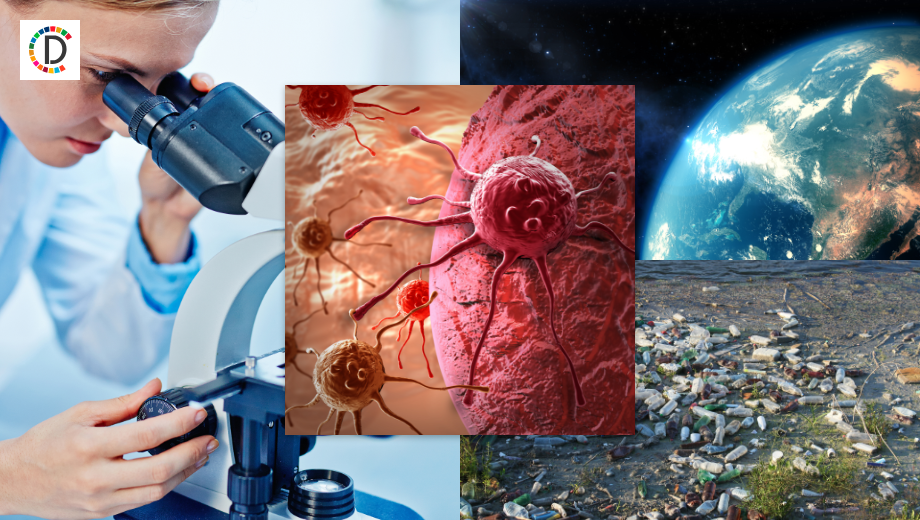Reuters Science News Summary
Researchers said on Monday they succeeded in using a laser aimed at the sky from atop Mount Santis in northeastern Switzerland to divert lightning strikes. Drone thermal imaging captures rare turtle laying eggs in Thailand Thai marine conservation officials have used thermal imaging equipment mounted on a drone to capture footage of a leatherback sea turtle, the world's largest turtle species, coming to shore to lay eggs.

Following is a summary of current science news briefs.
Scientists unearth megaraptors, feathered dinosaur fossils in Chile's Patagonia
Scientists in Chile's Patagonia region are unearthing the southernmost dinosaur fossils recorded outside Antarctica, including remains of megaraptors that would have dominated the area's food chain before their mass extinction. Fossils of megaraptors, a carnivorous dinosaur that inhabited parts of South America during the Cretaceous period some 70 million years ago, were found in sizes up to 10 meters long, according to the Journal of South American Earth Sciences.
Move over Ben Franklin: Laser lightning rod electrifies scientists
When Benjamin Franklin fashioned the first lightning rod in the 1750s following his famous experiment flying a kite with a key attached during a thunderstorm, the American inventor had no way of knowing this would remain the state of the art for centuries. Scientists now are moving to improve on that 18th century innovation with 21st century technology - a system employing a high-powered laser that may revolutionize lightning protection. Researchers said on Monday they succeeded in using a laser aimed at the sky from atop Mount Santis in northeastern Switzerland to divert lightning strikes.
Drone thermal imaging captures rare turtle laying eggs in Thailand
Thai marine conservation officials have used thermal imaging equipment mounted on a drone to capture footage of a leatherback sea turtle, the world's largest turtle species, coming to shore to lay eggs. Leatherback sea turtles are classified as vulnerable on the International Union of Conservation of Nature (IUCN) Red List, with populations declining due to habitat loss, poaching, and plastic pollution. The turtle spotted last week had found its way to shore and dug a nest in the sand to lay her eggs. The eggs will incubate for the next 55-60 days before hatching, according to the Department of Marine and Coastal Resources of Thailand's (DMCR) website. The department said a thermal drone was able to record more information than labour-intensive human patrolling techniques, as its sensors could detect the body heat of warm-blooded animals - or more specifically the thermal differences between animals and their surrounding environment - despite the darkness. The technology was helpful in preventing noise and light from disturbing the turtles while nesting, it said.
(This story has not been edited by Devdiscourse staff and is auto-generated from a syndicated feed.)
ALSO READ
China, Thailand sign pacts on outer space, lunar outposts
PREVIEW-UBS on the brink of Switzerland's 'too big to fail' reckoning
Thailand remains neutral in Myanmar conflict, says foreign minister
Switzerland protecting economy and taxpayers with banking proposals, minister says
Thailand remains neutral in Myanmar conflict, says foreign minister










